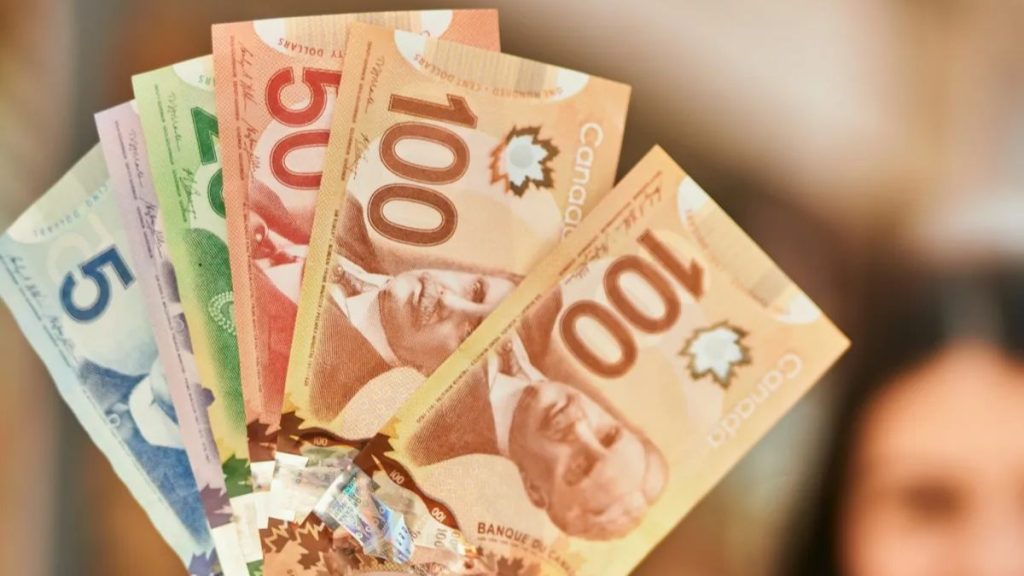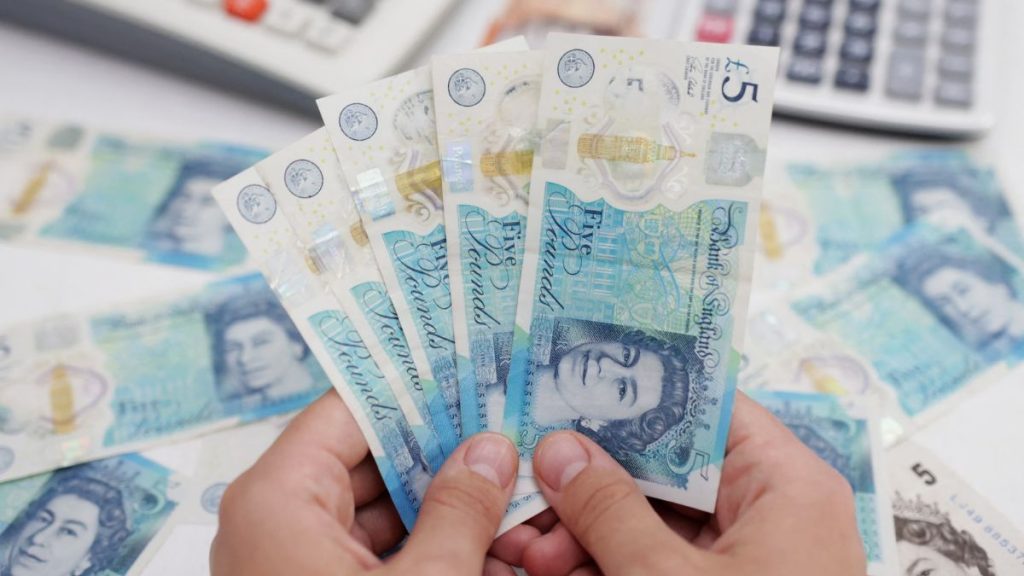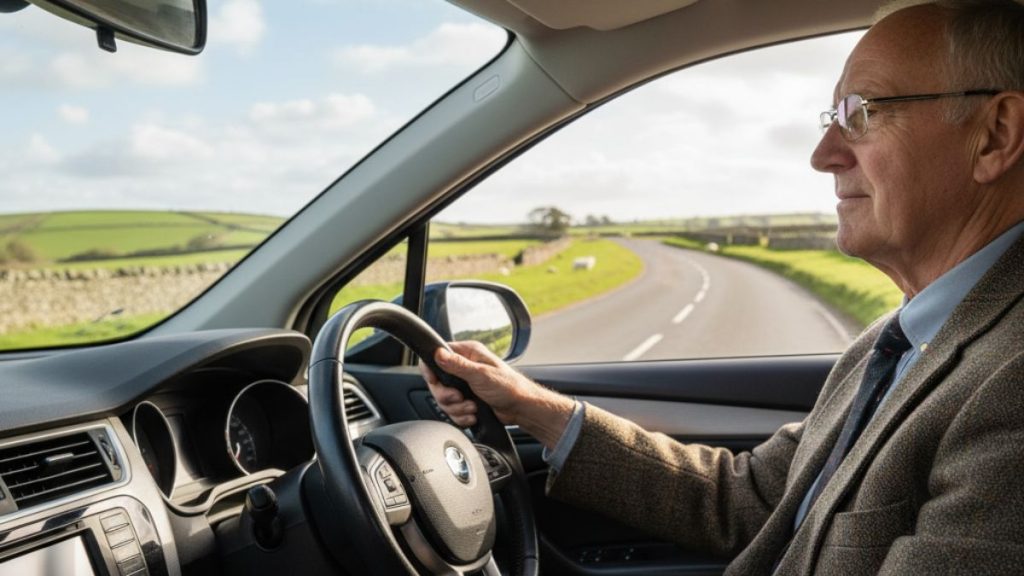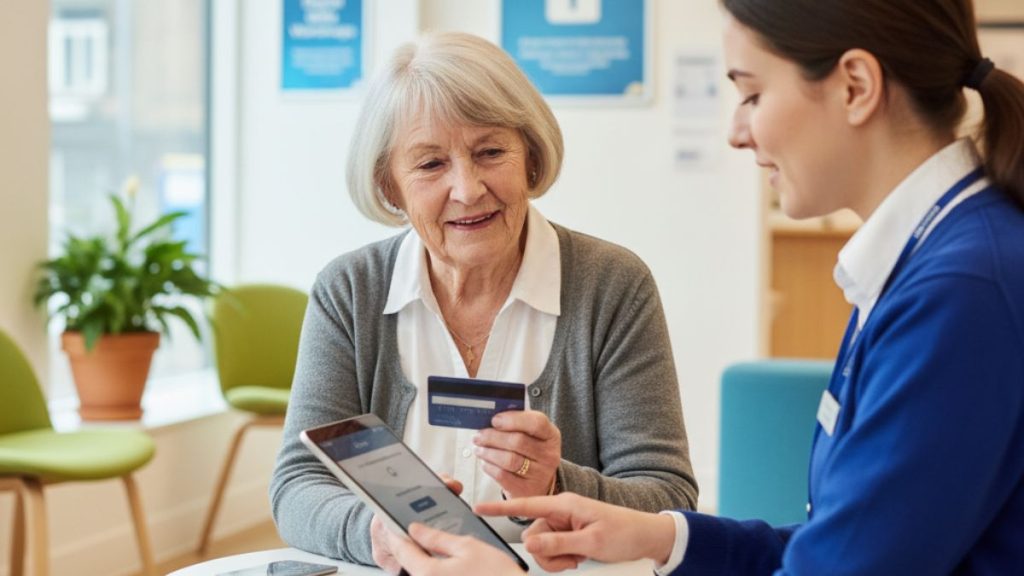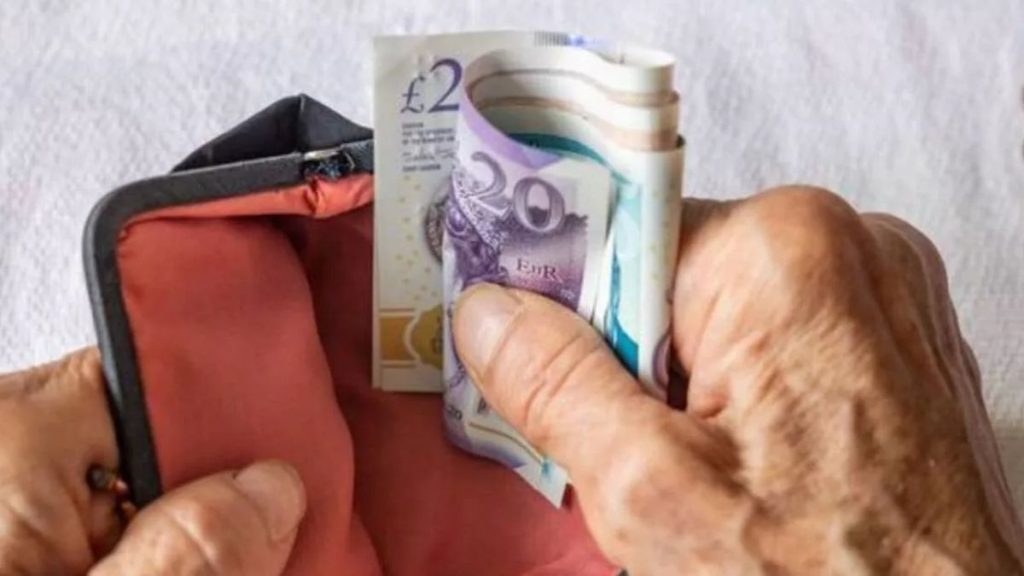The UK Government has officially confirmed a new financial-relief initiative aimed at helping millions of households struggling with soaring costs. The Department for Work and Pensions (DWP) will distribute £500 in cost-of-living payments across 2025 to support those hit hardest by inflation and rising household bills.
Instead of a single lump-sum, the government will release the support in three separate instalments, ensuring families receive timely help throughout the year. This approach is designed to give consistent relief when financial pressure peaks — especially during the winter months and major expense periods.
Why the £500 DWP Payment Was Introduced

The rising cost of essentials such as groceries, rent, and energy has stretched household budgets across the country. For many low-income families, pensioners, and disabled individuals, basic living costs have become increasingly unmanageable.
The DWP said the £500 payment plan is intended to:
- Ease financial pressure on low-income and vulnerable households.
- Provide repeated support throughout the year instead of one-time aid.
- Ensure automatic delivery, avoiding application delays or administrative burdens.
“We want to make sure that those most affected by the cost-of-living crisis receive reliable, timely support,” a DWP spokesperson explained. “This scheme provides practical assistance at key points of the year to help families manage essential expenses.”
Overview: DWP £500 Cost of Living Payments
| Category | Details |
|---|---|
| Department | Department for Work and Pensions (DWP) |
| Programme Name | DWP £500 Cost of Living Payment |
| Country | United Kingdom |
| Payment Range | Between £301 and £500 |
| Payment Schedule | Three Phases (March–December 2025) |
| Target Groups | Low-income families, pensioners, disabled citizens, carers |
| Extra Support | Warm Home Discount, Household Support Fund |
| Official Website | www.gov.uk |
New Cost of Living Support for Vulnerable Households
The government has confirmed a new cost-of-living payment scheme to reduce the impact of high food prices and energy bills.
Under this plan, the DWP will distribute between £301 and £500, depending on the individual’s circumstances and qualifying benefits. By spreading the payments over three periods, the government aims to ensure families get sustained relief across 2025 instead of exhausting support early in the year.
The support package will supplement other assistance programmes such as the Warm Home Discount and Household Support Fund, providing a wider safety net for those on limited incomes.
DWP £500 Payment Schedule
According to official updates, the Department for Work and Pensions will deliver the £500 cost-of-living assistance in three phases:
| Phase | Payment Window | Estimated Amount | Purpose |
|---|---|---|---|
| Phase 1 | March – May 2025 | £301 | Spring payment to ease early-year cost pressures |
| Phase 2 | July – August 2025 | Up to £200 | Mid-year top-up to support families during summer expenses |
| Phase 3 | October – December 2025 | Final instalment before Christmas | Winter support for heating and holiday costs |
Each payment will be deposited automatically into the bank accounts of eligible claimants. The reference line will show “DWP Cost of Living Payment” or “HMRC Cost of Living Payment”, depending on which department issues it.
Who Is Eligible for the £500 DWP Cost of Living Payments
Eligibility is determined automatically based on participation in qualifying benefits. The following groups are confirmed to qualify:
Recipients of income-based benefits, including:
- Universal Credit (UC)
- Income Support
- Pension Credit
- Housing Benefit
- Those receiving income-related Employment and Support Allowance (ESA) or Jobseeker’s Allowance (JSA).
- Families on Tax Credits, including Working Tax Credit and Child Tax Credit.
- Disabled individuals, who claim benefits such as:
- Personal Independence Payment (PIP)
- Disability Living Allowance (DLA)
- Attendance Allowance
Carers and households with high medical energy usage, such as those using mobility or life-support equipment.
The payment will be issued automatically, so there is no need to apply or fill out forms.
How to Receive Your £500 Payment
The DWP has simplified the process to ensure timely delivery.
Automatic Payment Process
- No application required: Eligible recipients will be identified through benefit databases.
- Direct transfer: Payments will be sent to the same bank account used for existing DWP benefits.
- Data accuracy: Claimants should ensure their bank and personal details are up-to-date.
- Prompt updates: Notify DWP of any changes in income, employment, or address to avoid issues.
- Check account activity: Payments should appear during the scheduled phase period.
If the payment is delayed beyond the announced window, beneficiaries can contact DWP customer services for verification.
Complementary Financial Support Schemes
In addition to the £500 payment, the government has expanded several existing programs to help low-income households manage everyday costs.
1. Warm Home Discount Scheme
This initiative provides a discount on electricity bills for eligible pensioners and vulnerable families during winter. It is applied directly to energy accounts, lowering overall household expenditure.
“The Warm Home Discount is vital for those struggling with heating costs,” DWP guidance states. “It ensures that support reaches the most vulnerable households during the coldest months.”
2. Household Support Fund
Administered by local councils, this fund offers emergency grants or vouchers to cover essential costs such as food, clothing, or energy bills. Pensioners and families in immediate financial distress can contact their local authority to check eligibility.
Together, these schemes complement the DWP’s cost-of-living payments, forming a multi-layered safety net for at-risk citizens.
Preparing for the DWP Payment
Eligible claimants should take simple steps to ensure they receive payments without interruption:
- Verify bank information on official benefit portals.
- Keep all DWP correspondence for reference.
- Monitor payment dates and note expected transfer windows.
- Report promptly if payments are missed or delayed.
DWP will also issue updates through GOV.UK notifications and SMS alerts to keep claimants informed.
Impact on Low-Income Families and Pensioners
The £500 cost-of-living payment is expected to reach millions of families, providing relief from rising expenses.
For Pensioners
The scheme will complement existing aid such as Winter Fuel Payments and Pension Credit, ensuring seniors can heat their homes and manage essential costs.
For Families
Parents receiving Child Tax Credit or Universal Credit will benefit from recurring support that coincides with back-to-school, holiday, and winter-energy periods.
For Disabled Citizens
Recipients of PIP, DLA, or Attendance Allowance will receive the £500 payment automatically, ensuring assistance without the burden of paperwork.
Government’s Official Statement
The Department for Work and Pensions reiterated that this measure reflects its commitment to support households during challenging times.
“Our priority is to protect the most vulnerable and ensure stability amid ongoing economic pressures,” a DWP representative stated. “These payments, alongside targeted energy and welfare schemes, are part of our plan to provide certainty and security for families.”
Officials emphasised that the scheme also aims to stabilise consumption and prevent debt escalation among lower-income households, particularly during seasonal spikes in bills.
Public Response and Expert Views
The announcement has been broadly welcomed by pensioner advocacy groups, welfare charities, and financial experts.
Age UK described the plan as “an important step toward protecting older people from financial hardship.”
Citizens Advice praised the automatic payment model, noting it “removes barriers that often prevent eligible individuals from applying.”
However, some economists caution that continued inflation may reduce the payment’s real-term impact. They suggest that index-linked adjustments or additional one-off support may be necessary if prices rise sharply through 2025.
Despite differing opinions, most analysts agree the DWP’s approach of three phased payments offers more stability than single annual grants.
Looking Ahead: Future Financial Support
Government insiders have hinted that further cost-of-living assistance could be introduced in 2026, depending on inflation trends and energy-market fluctuations.
Additional proposals under discussion include:
- Expanding the Household Support Fund.
- Increasing Pension Credit take-up rates.
- Linking future payments to inflation to preserve their real value.
While no final decisions have been made, officials reaffirmed that financial security for low-income citizens remains a top priority for the next fiscal year.
FAQs
1. Do I need to apply for the £500 cost of living payment?
No. The DWP will issue payments automatically to eligible claimants who receive qualifying benefits.
2. When will I receive the payment?
Payments will be made in three phases — March–May, July–August, and October–December 2025.
3. Who is eligible?
Those on benefits such as Universal Credit, Pension Credit, Income Support, PIP, DLA, or Tax Credits are automatically included.
4. What if my payment does not arrive?
If payment hasn’t been received after the scheduled phase, contact the DWP helpline or check your benefit account for updates.
5. What other help can I access?
You may also qualify for the Warm Home Discount, Household Support Fund, or Winter Fuel Payment, depending on your circumstances.














